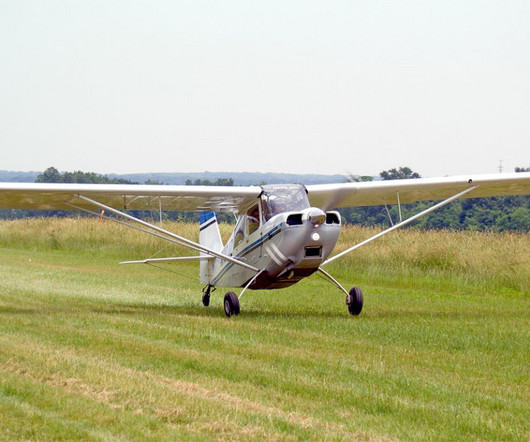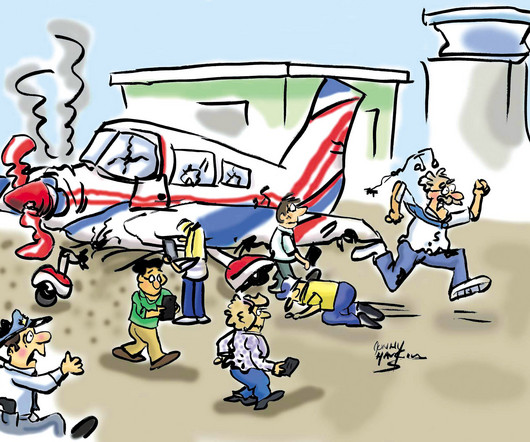Flight Sims for the Win: It’s All About Repetition and Drill
Flying Magazine
MAY 15, 2024
If utilizing Runway 17 with left traffic, the crosswind turn will be heading 080, downwind 350, base 260, etc. VFR to MVFR…then 2 miles visibility and a ceiling of 1,200 feet agl. Then the CFI should increase the winds so they are 10 knots (or more) above the demonstrated crosswind component. What could go wrong?















Let's personalize your content